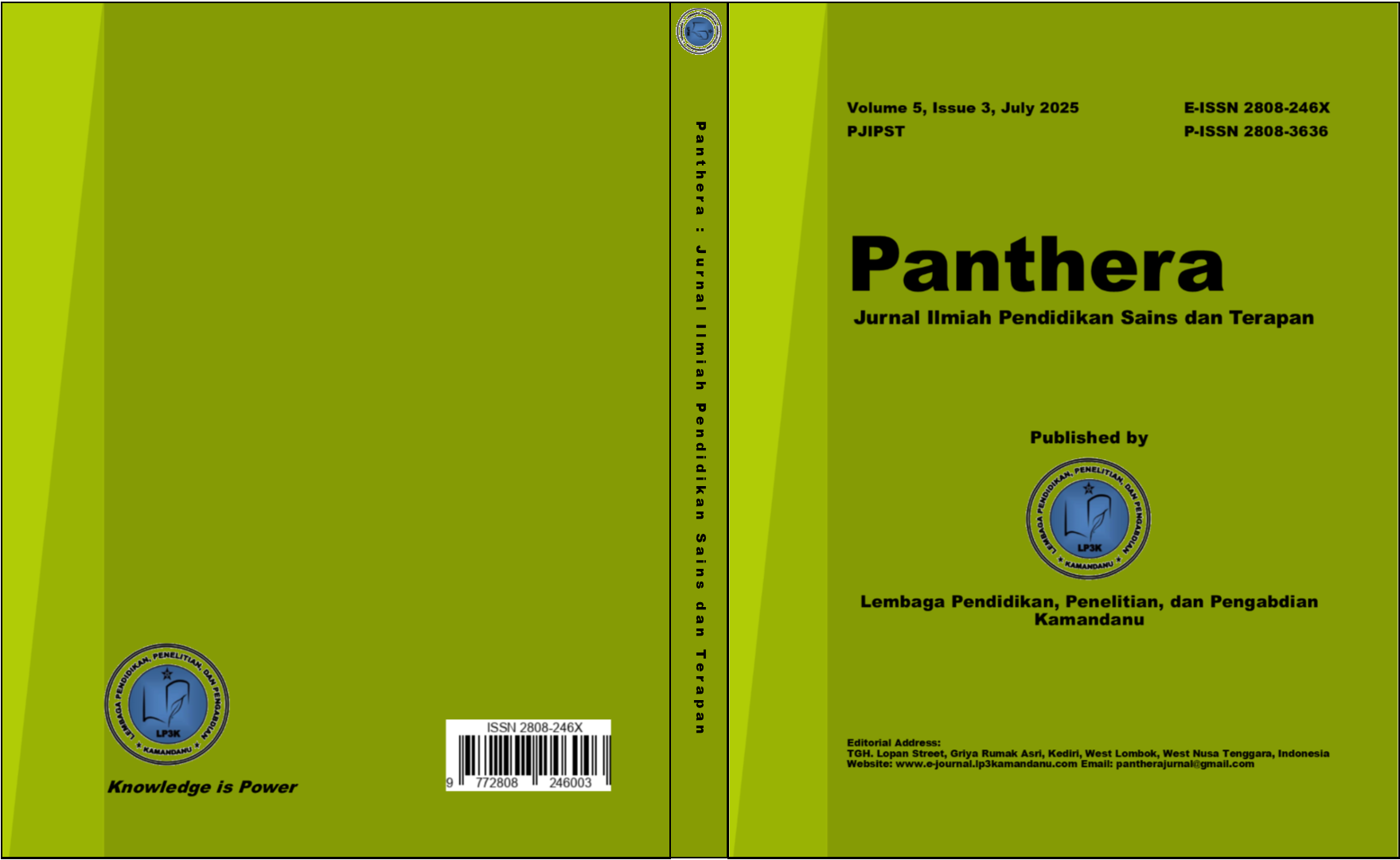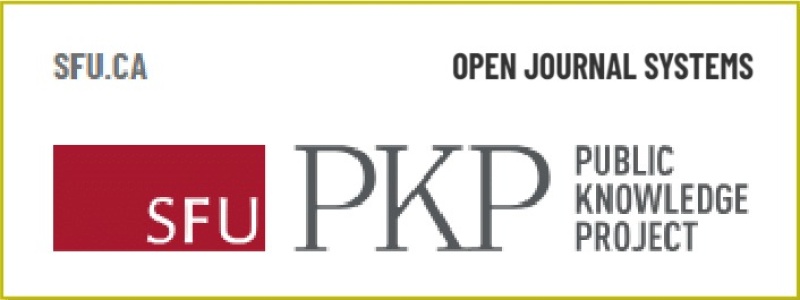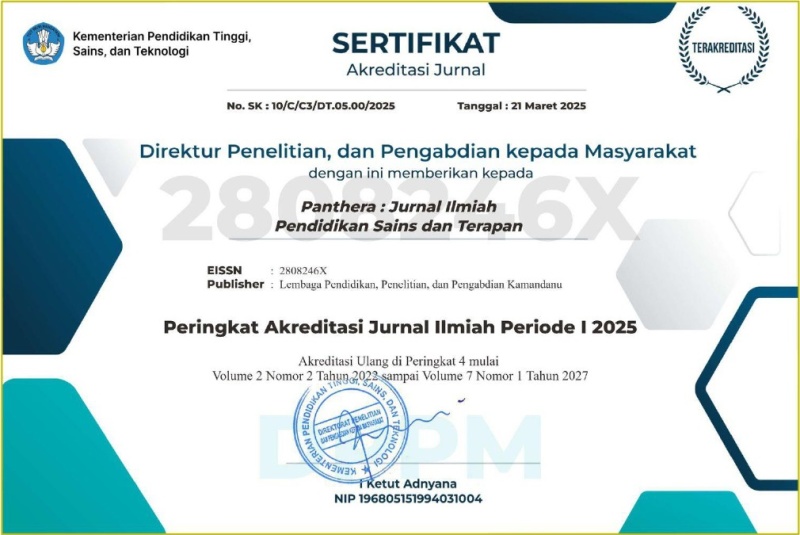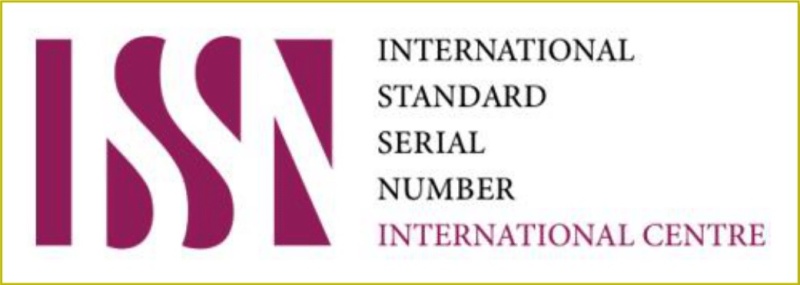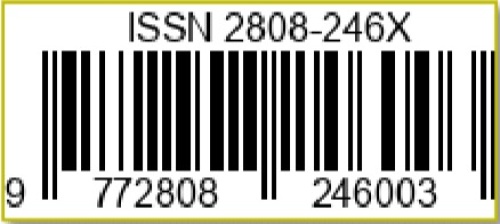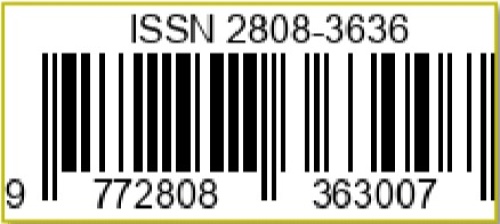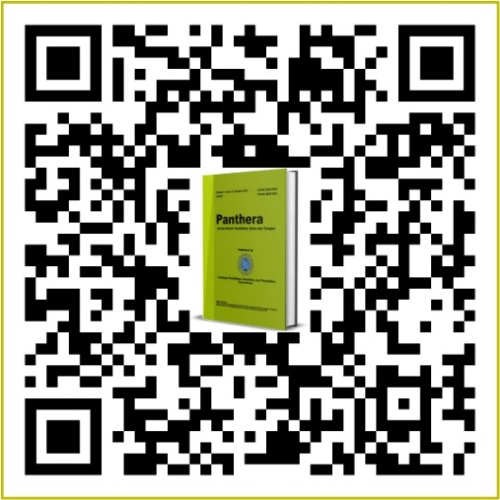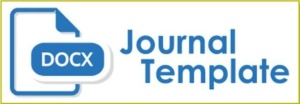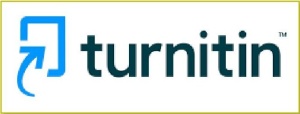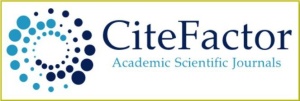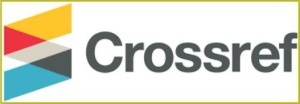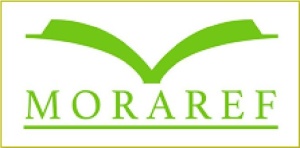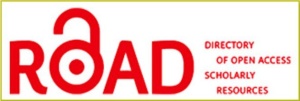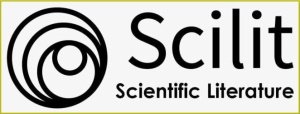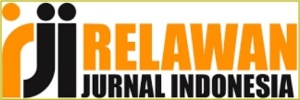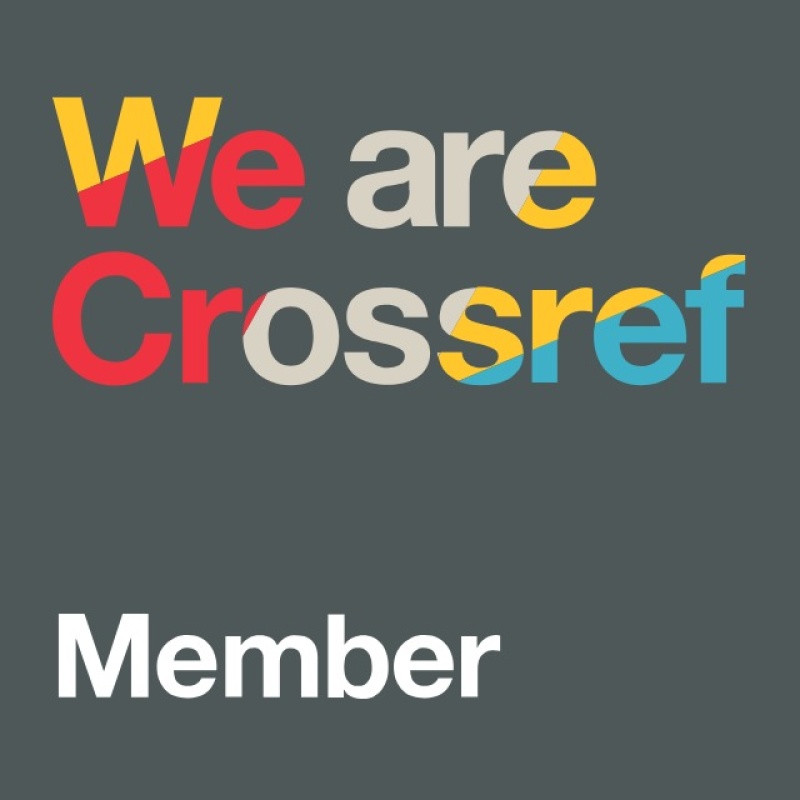Penerapan Model Pembelajaran Jigsaw untuk Meningkatkan Kemampuan Membaca Siswa Kelas IX SMP Negeri 26 Makassar
DOI:
https://doi.org/10.36312/panthera.v5i3.535Keywords:
Short Stories, Reading, Jigsaw ModelAbstract
This study aims to describe the planning, implementation, and learning outcomes of ninth-grade students of SMP Negeri 26 Makassar in understanding the content of short stories through the application of the Jigsaw learning model. The type of research used is Classroom Action Research (CAR) which is carried out in two cycles, each consisting of the stages of planning, implementation, observation, and reflection. Data collection techniques include observation to observe student activities and involvement during the learning process, tests conducted before and after learning to measure the increase in student understanding of the content of short stories, questionnaires to collect student responses regarding the effectiveness of the Jigsaw model application, and documentation as complementary data to support the validity of the research results. Data from observations, questionnaires, and documentation were analyzed qualitatively, while test data were analyzed quantitatively using the average value and the Minimum Completion Criteria (KKM) as a reference. The results of the study showed that there was a significant increase in students' reading ability. In cycle I, the average value of student learning outcomes was 67.67, still below the specified KKM of 75. After improvements and strengthening strategies were made in cycle II, the average value increased to 80.17. This indicates that the Jigsaw learning model is effective in improving the reading skills of ninth-grade students at SMP Negeri 26 Makassar, particularly in understanding the content of short stories.
Downloads
References
Abdussamad, J., Sopingi, I., Setiawan, B., & Sibua, N. (2024). Metode Penelitian Kuantitatif, Kualitatif, dan Mixed Methode (Cetakan ke 1). Medan: PT. Media Penerbit Indonesia.
Alfazr, A. S., Gusrayani, D., & Sunarya, D. T. (2016). Penerapan Model Pembelajaran Jigsaw untuk Meningkatkan Hasil Belajar Siswa dalam Menemukan Kalimat Utama pada Tiap Paragraf. Jurnal Pena Ilmiah, 1(1), 111-120.
Arikunto, S. (2015). Penelitian Tindakan Kelas: Edisi Revisi. Jakarta: PT. Bumi Aksara.
Ayuningrum, S., & Herzamzam, D. A. (2022). Konsep dan Implementasi Pembelajaran Membaca Pemahaman di SD Kelas VI. In Seminar Nasional Inovasi Pendidikan ke-5 (SNIP 2021) dan Seminar Nasional Guidence Counseling Project (GCP 2021) (pp. 232-238). Surakarta, Indonesia: Universitas Sebelas Maret.
Dalman, D. (2018). Keterampian Membaca. Jakarta: Rajawali Pers.
Hasibuan, F. D., & Ain, S. Q. (2024). Strategi Guru dalam Menumbuhkan Minat Baca pada Siswa Kelas IV di SDN 10 Kecamatan Kandis. Didaktika : Jurnal Kependidikan, 13(2), 1469-1478. https://doi.org/10.58230/27454312.707
Pramana, I. B. W., Fitriani, H., & Safnowandi, S. (2022). Pengaruh Metode Mind Map dengan Media Komik terhadap Minat Baca dan Hasil Belajar Kognitif Siswa. Biocaster : Jurnal Kajian Biologi, 2(2), 71-87. https://doi.org/10.36312/bjkb.v2i2.68
Saguni, F. (2019). Pengaruh Metode Pembelajaran terhadap Hasil Belajar (Cetakan 1). Yogyakarta: Kanwa Publisher.
Suhaini, Y. (2016). Peningkatan Kemampuan Membaca Pemahaman Cerita Pendek dengan Teknik Jigsaw pada Siswa Kelas X SMA Muhammadiyah 9 Bekasi. Skripsi. UIN Syarif Hidayatullah Jakarta.
Suparlan, S. (2021). Keterampilan Membaca pada Pembelajaran Bahasa Indonesia di SD/MI. Fondatia : Jurnal Pendidikan Dasar, 5(1), 1-12. https://doi.org/10.36088/fondatia.v5i1.1088
Suriyanisa, S., Syamsuri, S., Ramadhan, I., & Wijaya, T. (2024). Implementasi Model Koperatif Tipe Jigsaw Berbasis Padlet pada Pembelajaran Sosiologi untuk Meningkatkan Kerja Sama Peserta Didik Kelas XI di SMA Negeri 1 Pontianak. Didaktika : Jurnal Kependidikan, 13(2), 2227-2240. https://doi.org/10.58230/27454312.558
Downloads
Published
How to Cite
Issue
Section
License
Copyright (c) 2025 Nur Ainun, Mayong, & Nurhusna

This work is licensed under a Creative Commons Attribution-ShareAlike 4.0 International License.
-
Attribution — You must give appropriate credit, provide a link to the license, and indicate if changes were made. You may do so in any reasonable manner, but not in any way that suggests the licensor endorses you or your use.
-
ShareAlike — If you remix, transform, or build upon the material, you must distribute your contributions under the same license as the original.

